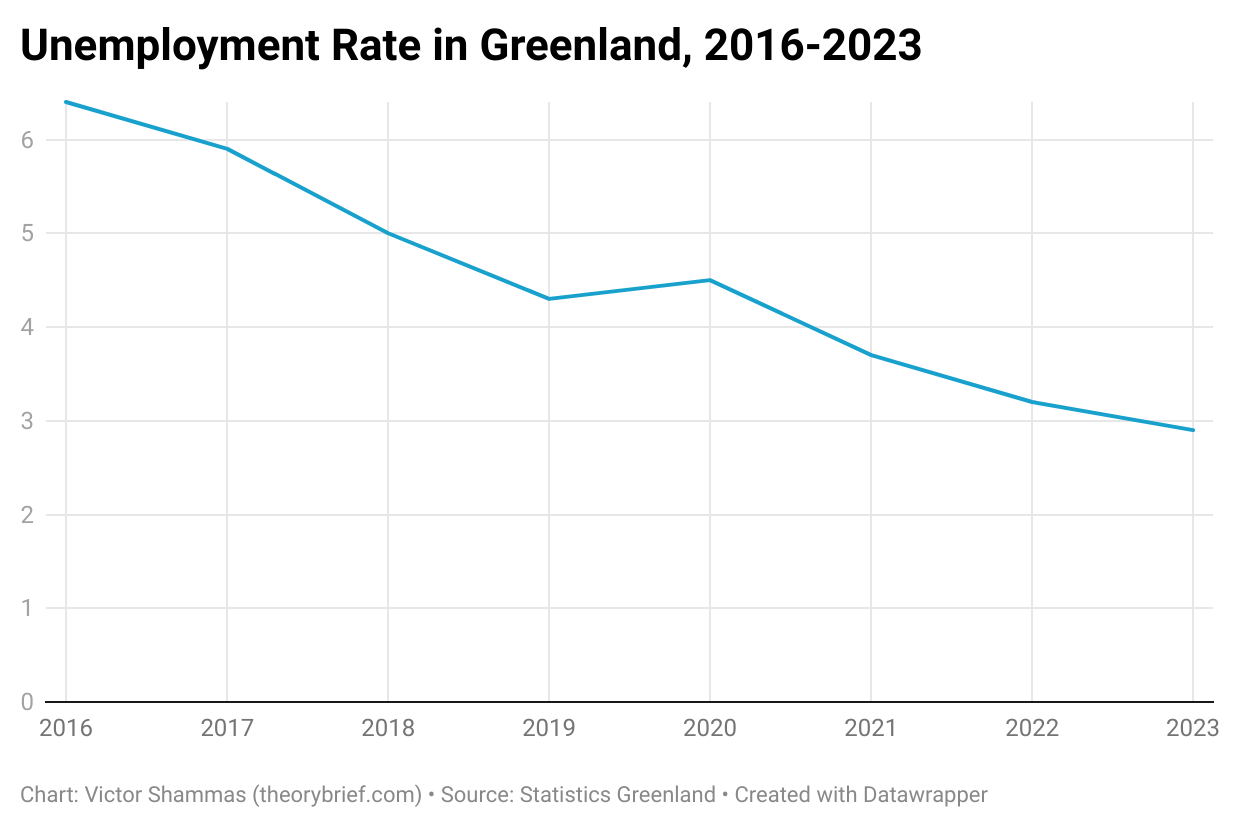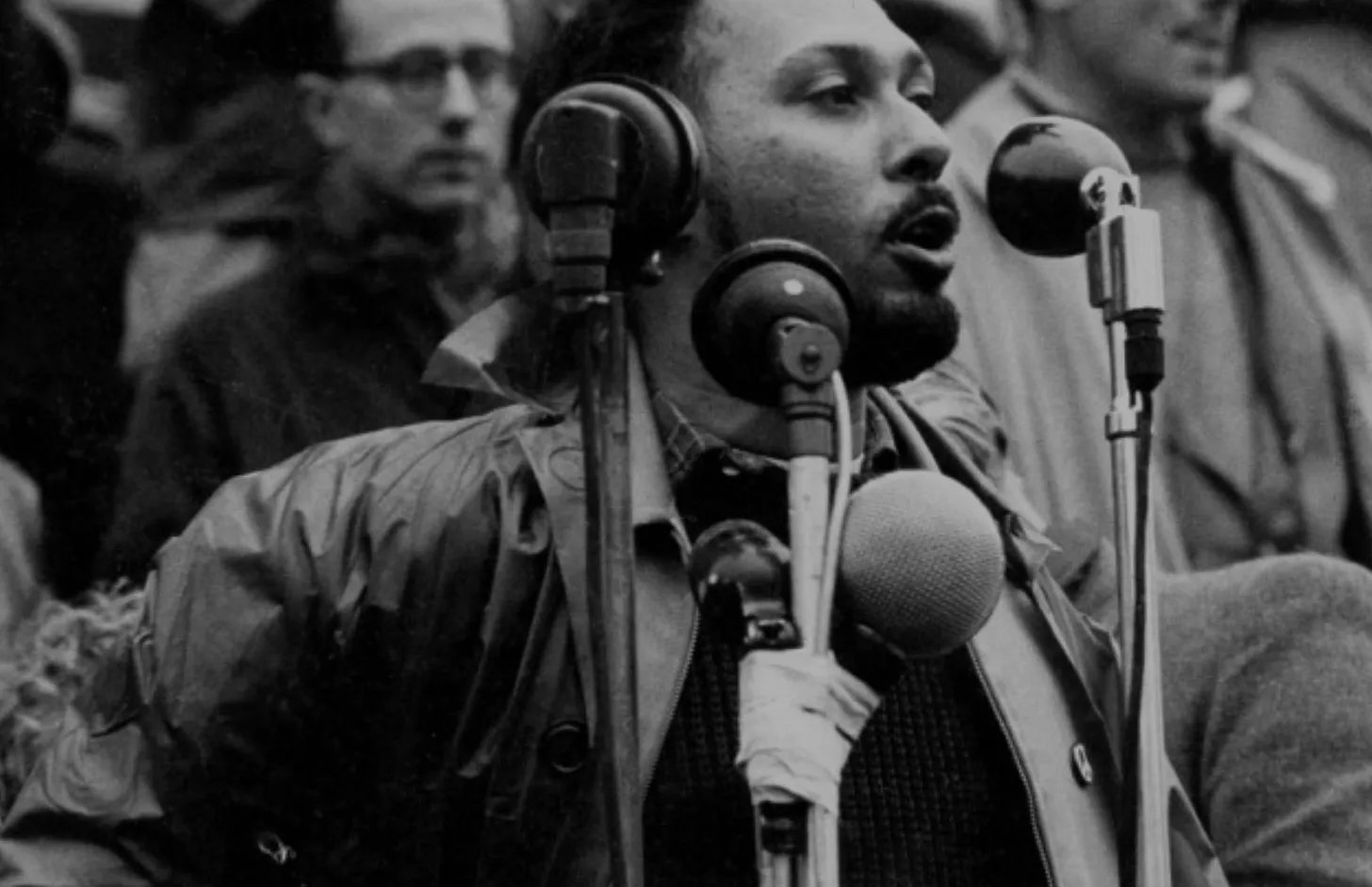There’s an old adage attributed to Napoleon: “Never interrupt your enemy when he is making a mistake.”
Trump’s first week back in the White House saw him assert his newly reclaimed authority: The 47th president fired off dozens of executive orders, appeared before a variously starstruck, cowering Davos audience, confidently mapped out his administration’s focus on Fox News’s Hannity, and, after threatening a full-blown trade war, reportedly forced Colombia, the U.S.’s premier ally in South America, to accept planeloads of deported migrants.
But the opportunities for Trump to “make a mistake,” in the full Napoleonic sense, are rife in the years ahead: Trump may appear strong, but he presides over a remarkably unstable coalition, which could splinter, fracture, and weaken in the years ahead. The risks shouldn’t be exaggerated: Part of Trump’s formula for success is his ability to cut across the political spectrum and bring divergent groups together, but the risks, or opportunities, are real—and the Left should stand ready to highlight and thereby sharpen the contradictions that will bring them into play.
Contradictions and Animosity
Trump’s alliance is fragmented. It includes MAGA white supremacists, tech oligarchs, Wall Street bankers, traditional enterprise, military-industrialists, Christian evangelicals, suburban professionals, disaffected minorities, the economically dislocated, and others. These fractions often disagree on how to deal with a wide range of issues, from foreign interventions to immigration and the state’s economic role. Their material interests, moreover, often diverge: What’s good for Trump’s Wall Street backers might not work in Rust-Belt residents’ favor, and the interests of Silicon Valley do not necessarily align with those of MAGA nativists.
In addition, the personal animosity that Trump brings to all his transactional relationships (and they’re all transactional at this point), often leave behind a trail of acrimonious accusations in its wake, with high-turnover positions to be filled with ever-new candidates. As Bob Woodward’s analysis of his first administration showed, Trump’s belligerent stance and amateurish grasp of the process undermined the efficacy of his administration. It didn’t prevent him from overseeing 2017 tax cuts costing $1.9 trillion—a major victory for the forces of neoliberalism—but it was a spectacular form of self-sabotage. Trump’s pugilism (and love of golf) will work against him.
This triple combination of antagonistic material interests and fundamentally divergent worldviews within the Trump “big tent,” as well as Trump’s own personal prickliness and temperamental failings, could prove fateful. A smart, strategic, and savvy Left might exploit the three—antagonism, divergence, and temperament—to create the conditions needed to roll back the global tide of far-right politics, whose epicenter today increasingly is 1600 Pennsylvania Avenue.
MAGA Nativism and Silicon Valley
To take just one example of the cracks already beginning to appear in the Trump camp’s facade: In December, a public spat broke out over H-1B visas between Elon Musk, representing the tech wing of Trump’s coalition, and the more directly ethnonationalist wing, represented by figures like Steve Bannon and Laura Loomer. Musk, a Silicon Valley entrepreneur dependent in part on foreign skilled labor, has profited from the existence of the visa program. The “America First” wing, meanwhile, sees in H-1B visas a threat to its nativist vision for the American working class.
A week before the inauguration, Steve Bannon accused Musk of trying to implement “techno-feudalism on a global scale,” using a term first coined by the leftwing economist and politician Yanis Varoufakis. Speaking to the Italian newspaper Corriere della Sera, Bannon pulled no punches in describing Musk: “He’s a truly wicked person. Stopping him has become a personal issue for me. Before, since he put so much money, I was ready to tolerate it. Not any more.” Bannon went on to claim that the “entire immigration system is gamed by the tech overlords, they use it to their advantage, the people are furious.”
A week earlier, there had been further evidence of the rift on Bannon’s War Room podcast. In an episode on December 30, Bannon attacked Musk and the “tech oligarchs.” Bannon was in a fighting mood, claiming that “the MAGA movement,” after helping secure Trump’s comeback, was not going to “just sit there and roll over while the country’s torn apart by oligarchs—it’s not gonna happen.” He paid lip service to Musk’s accomplishments, but was clearly hostile toward his stance on skilled labor migration:
And I always give full respect to Elon. Elon was absolutely central. […] He did write the check and that gets him a seat at the table. I said that from the beginning, although I fundamentally disagree with him on major issues like the Chinese Communist Party, like transhumanism and like the situation around immigration. […] The H1-B visa program is a total and complete scam from its top to the bottom. And Elon’s put out this tweet that, you know, all his companies have depended upon that.
A few days earlier, Vivek Ramaswamy, a pro-Trump entrepreneur set to collaborate with Musk on the Department of Government Efficiency (DOGE), had defended high-skilled labor importation in a post on X: “Our American culture has venerated mediocrity over excellence…Trump’s election hopefully marks the beginning of a new golden era in America, but only if our culture fully wakes up.” For anyone with ears to hear, Ramaswamy was making the case for bringing non-U.S. tech workers into the country.
If the Musk-Ramaswamy alliance appeared like a Big Tech wedge in an otherwise MAGA-dominated Trump camp, less than a month later, their DOGE collaboration had already faltered, as reports surfaced that Ramaswamy would be running for governor of Ohio. If it wasn’t a falling out or a rupture within the tech wing of the coalition, it at least appeared haphazard and unplanned, coming mere hours after Trump’s accession to office.
We still don’t know the final outcome for the H-1B visa program. Amidst “sweeping crackdown on immigration upon his return to office this week,” Trump “left unresolved” the visa rift, the New York Times reported. “It’s unclear where Mr. Trump will land. He pledged in his first term to discontinue H-1B visas, but last month he called it “a great program.” But if there’s a lesson to be learned from the H-1B debacle, it’s that the Trump camp is not impervious to some serious infighting.
Of course, even “Silicon Valley” or Bannon’s “technofeudalists” are not a monolith within Trump II. For evidence, look no further than the early squabbling over Trump’s $500-billion AI initiative, Stargate. Here, too, Musk’s loose-cannon approach and financial interests—against OpenAI, one of the parties to the agreement—seemed to undermine the president’s agenda: “They don’t actually have the money,” Musk wrote on X. One of the initiative’s backers, SoftBank, “has well under $10B secured. I have that on good authority,” he wrote. There’s potential for even greater, fractal-like fragmentation, then, within each of the sub-groups that make up Trump’s coalition, as tech billionaire opposes tech billionaire.
Some of the reported conflicts within and around Trump II may be exaggerated: Musk, for instance, very clearly offered a “Roman salute” during his speech at the inauguration and has offered vociferous support for Germany’s far-right party, Alternative für Deutschland, suggesting that the tech billionaire is not without hard-right, ethnonationalist sentiments of his own, even as he appeared to clash with Bannon and the MAGA-ites earlier in the month.
The False Harmony of Fascism
Still, Trump sits atop something like a volcano—the impossible-to-resolve contradictions at the core of the “America First” program. When Trump says, “We’re gonna put America first, always put America first,” as he did in a recent speech to Republican lawmakers in Miami, what does he mean? Is it the America of Elon Musk, or the America of the unemployed (and underemployed)? The America of Mexican immigrants, of transgender people? The America of J.P. Morgan’s CEO Jamie Dimon, with his $39 million annual salary, or the America of the minimum-wage worker making $7.25 an hour?
Picking apart the very idea of “America” invoked by Trump reveals how it contains within it multitudes whose interests cannot simply be forced into a harmonious whole. Society is made up of real antagonisms: Musk and Dimon want things that wage-laborers do not necessarily want; Musk may want things Dimon does not want; the financial elite’s need for transnational financial flows may clash with the interests of rural MAGAs. The potential for fracture is abundant.
Fascism was always a movement that promised to resolve such antagonisms, forging a false unity by externalizing impossible-to-resolve contradictions onto some (allegedly) alien Other, like Jews or the Roma. The fasces in fascism denoted the bundles of sticks that symbolized authority in ancient Rome—in the twentieth century, “fascism” entailed the corporatist bundling together of divergent, opposite interests under the aegis of the state, which promised to unify labor and capital into a congruous whole. But this must remain an exercise in futility, which will either collapse in contradiction, or forge ahead at the cost of great violence towards an externalized group, forced to pay the price for attempting to bring together what cannot be held in union—like the great erupting force of two repellent magnets clamped together, which must finally explode outward.
When we say that Trump is a fascist, then, this is not merely a rhetorical exercise; he is a fascist in the strict, formal sense of attempting to hold labor and capital together in an impossible union, potentially at the cost of great (physical or symbolic) violence directed at some some marginal category-of-the-week, to be picked upon and subjected to harsh state treatment, whether Haitian-Americans, or radical Episcopalians, or undocumented migrants.
The Value of Silence—and Analytical Militancy
Returning to our Napoleonic beginnings, the Left could learn a lesson from how the Trump camp responded to Biden’s apparent cognitive decline around the time of the presidential debate in the summer of 2024: Trump simply let Biden and the Democrats stew in their own discontent and strife. Notice, too, how silent the Trump camp went: “‘We're trying something new and shutting up,’ is how one source described the Trump team's strategy.” Sometimes radio silence can be just as effective as breathless commentary on day-to-day events.
But the Left should also be unafraid to offer its specific brand of analytical militancy, relaying information about real tensions within the Trump camp, while reframing the issues on which Trump’s coalition is faltering and failing, to demonstrate where the U.S. president’s promises not only fall flat, but contain impossible contradictions that therefore cannot be solved within the framing Trump and his people offer. The Left should do so while mapping out a positive vision of its own, boldly—and sincerely—promoting an agenda of peace, justice, ecology, and equality.
First published on The Theory Brief (theorybrief.com).












